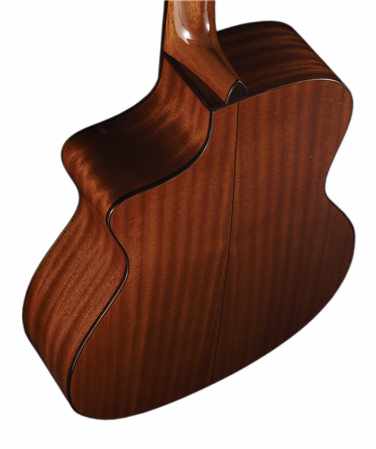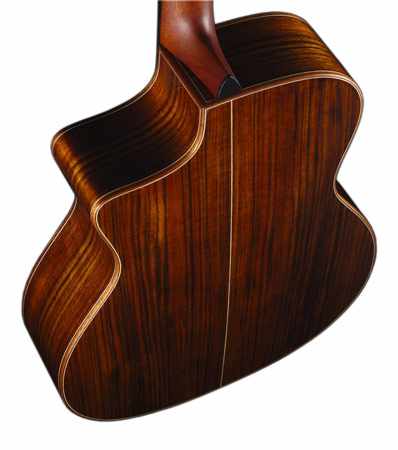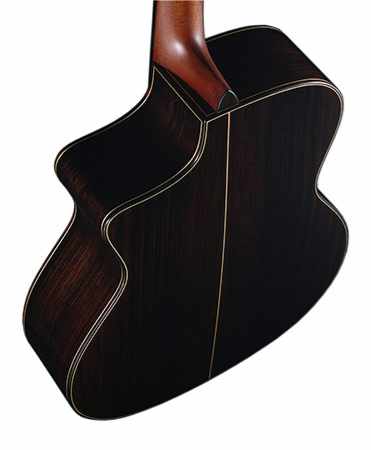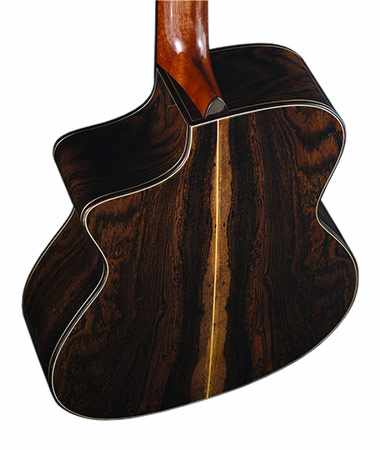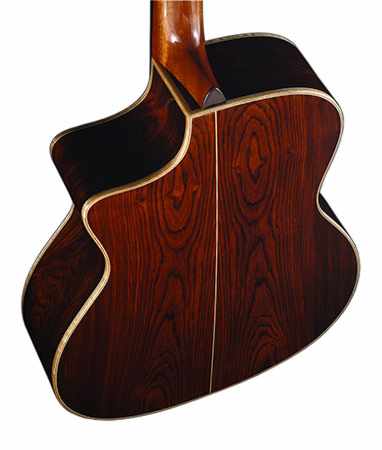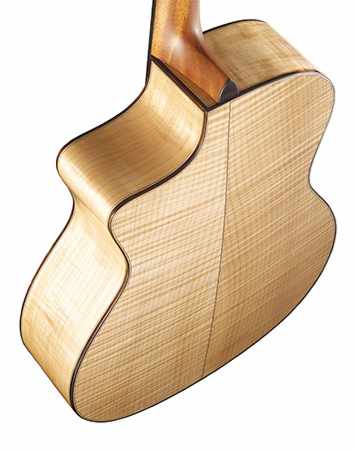
Our wood
1
Sitka spruce (picea sitchensis)
origin:
USA and Canada
appearance:
white to pink to light brown
appliance:
as topwood
general description:
Sitka is the largest tree in the spruce family, generating strong and tough wood.
2
Engelmann spruce (picea Engelmannii)
origin:
Canada
appearance:
creamy white, near similar to European spruce
appliance:
as topwood
general description:
Engelmann is slightly softer than Sitka. It is found at higher altitudes and therefore grows much slower than Sitka.
3
European spruce (picea abies or picea excelsa)
origin:
Europe
appearance:
light, slightly golden color with fine grain
appliance:
as topwood
general description:
European spruce has one of the highest stiffness-to-weight ratios of all spruces and is therefor an excellent choice for tonewood.
4
Canadian red cedar (thuja plicata)
origin:
Canada and North West USA
appearance:
darker, reddish compared to spruce
appliance:
as topwood
general description:
extremely light weight (compared to spruce), resulting in a warm, open sound with a broken in characteristic.
5
African mahogany (khaya anthotheca)
origin:
West Africa
appearance:
medium to coarse texture with open pores and yellow to reddish brown color
appliance:
for necks, as back and sides
general description:
porous but strong, stabile due to the interlocking grain pattern, light to moderately heavy, smooth attack and lots of sustain
6
African Ovangkol (guibourtia ehie)
origin:
West Africa
appearance:
complex in texture and colours, light brown/golden brown/olive brown colour with dark stripes
appliance:
as back and sides
general description:
heavy, strong and durable, a good alternative for Indian rosewood, nice moderate bass with crispy mids and highs
7
Indian Rosewood (dalbergia latifolia)
origin:
East India
appearance:
striped, deep purple brown to reddish brown
appliance:
for fingerboards, as back and sides
general description:
Rosewood as back and sides offers more bass and treble than mahogany, a real classic tonewood!
8
Madagascar Rosewood (dalbergia baronii)
origin:
Madagascar
appearance:
light yellow brown to darker orange brown with black streaks, more complex than Indian Rosewood
appliance:
for fingerboards, as back and sides
general description:
Rosewood as back and sides offers more bass and treble than mahogany, a real classic tonewood!
9
South American Cocobolo (dalbergia retusa)
origin:
Central and South America
appearance:
orange, reddish brown with streaks of black or purple
appliance:
as back and sides
general description:
Cocobolo is a heavy, hard tropical wood soundwise similar to Koa, adding a lot of brightness and definition to the sound.
10
Canadian flame maple (acer saccharum)
origin:
Canada and North West USA
appearance:
cream white with a reddish tinge
appliance:
as back and sides
general description:
The stiffness of maple is unsurpassed, resulting in a very bright sound with a lot of projection.
11
African Ebony (diospyros crassiflora)
origin:
West Africa
appearance:
deep black, sometimes streaked with grey brown
appliance:
as fingerboards and bridges
general description:
Ebony is by far the hardest, most expensive wood in our workshop. An ebony fretboard will make the sound of the guitar more direct, compressed and brighter.
